Warning: Undefined array key -1 in /home/foursouls/foursoulsofficial/wp-content/themes/foursouls/single-rules.php on line 17
Warning: Attempt to read property "ID" on null in /home/foursouls/foursoulsofficial/wp-content/themes/foursouls/single-rules.php on line 17
Next
Extended Rulebook
Quickstart Guide
New to the game and just want to get playing? This first section of the rulebook will get you set up with all you need to know to do just that!
Setup
Shuffle the Loot, Treasure, and Monster decks, and set aside space for a discard zone next to each of them. Do the same for the Room deck, if you are playing with it. Put out at least 100¢.
The game starts with 2 shop slots, 2 monster slots, and 1 room slot (if you are playing with the Room deck). These slots should be filled by putting a card from the top of the corresponding deck face up in each. These are the starting shop items, monsters, and room. If any event cards (monster cards without a stat block) are put in monster slots during setup, they should be put on the bottom of the monster deck. Keep going until you have a monster in each slot.
If you are playing with bonus souls, select 3 at random to be the active bonus souls for the game. Place them face up next to the play area.
Deal a random character card and matching starting item card to each player. Characters start the game deactivated (turned sideways). Starting items start the game charged (turned upright).
Deal 3 loot cards (face down) and 3¢ to each player.
Finally, you must decide on the starting player: the saddest player goes first! You can also each roll a dice (lowest roll goes first!) or use any other fair method of randomization, if you are all equally sad. The game then starts, with the starting player taking the first turn.
Game Zones
During a game of Four Souls, cards can exist in a number of different game zones, including being in play, or being in a deck or discard.
In play is an important zone that includes all face up cards in the play area, with the exception of cards in discard. This means it includes all characters, items, and souls players control, as well as the top objects in shop, monster, and room slots (any objects covered in a slot are not in play).
Each player has their own hand zone, where they keep their loot cards. A player can only look at cards in their own hand, but anyone can count the number of cards in a player’s hand.
Bonus souls are considered to be outside the game, along with any character cards and starting item cards that aren’t being used.
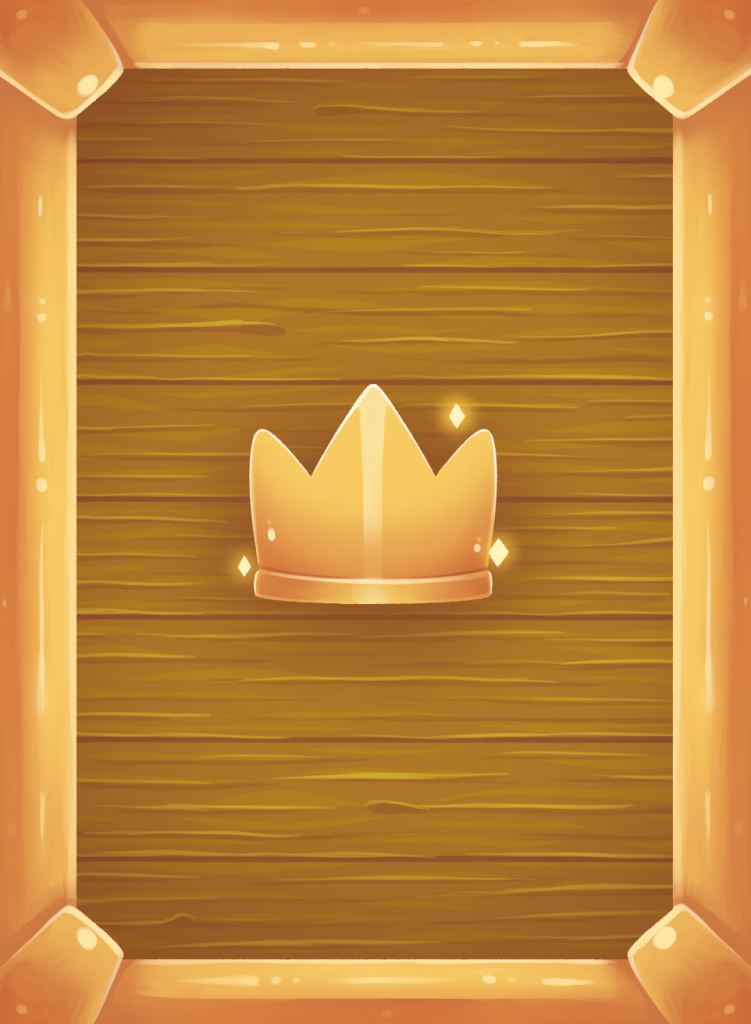
Card Types
Treasure Cards
Treasure cards become items while in play. Players place any items they control face up in front of them. Items have a wide variety of abilities that can range from modifying gameplay to interacting with other players and monsters.
If a player is instructed to gain treasure, they gain that many cards from the top of the treasure deck, putting them into play under their control.
Silver-bordered treasure cards have passive abilities, which can broadly be divided into static abilities and triggered abilities. Static abilities are always true whilst in play, and don’t use the stack. Triggered abilities are put onto the stack (see The Stack) when their condition is met, and start with phrases like “when”, “at”, “each time”, or “the first time”.
Gold-bordered treasure cards have at least one activated ability. These are abilities that a player can activate to put onto the stack, provided they have priority and can pay the cost. There are two types of activated ability:
↷ abilities can be activated by deactivating (turning sideways) the object as a cost. Only objects that are charged (turned upright) can be deactivated.
$ abilities can be activated by paying the specified cost. They can be activated as many times as the cost can be paid.
Static, triggered, and activated abilities appear on other card types too.
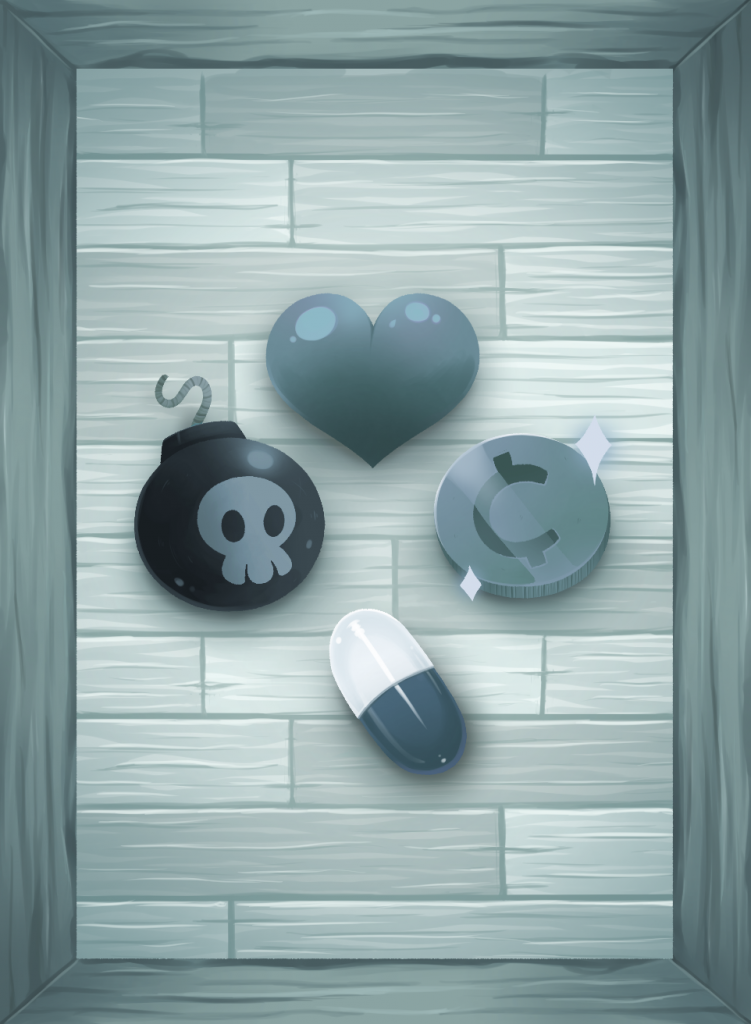
Loot Cards
Players draw loot cards and keep them in their hand until they play or discard them. When a player is instructed to loot, they draw that many cards from the top of the loot deck into their hand.
Players can play loot cards from their hand whenever they have priority and a loot play available. When loot cards are played, they are put onto the stack and referred to as loot. When a loot resolves, you perform its loot ability, and then put it into the loot discard.
Trinkets are a special type of loot card that use the keyword ability “Trinket”. This means that they become items when they are played and resolve.
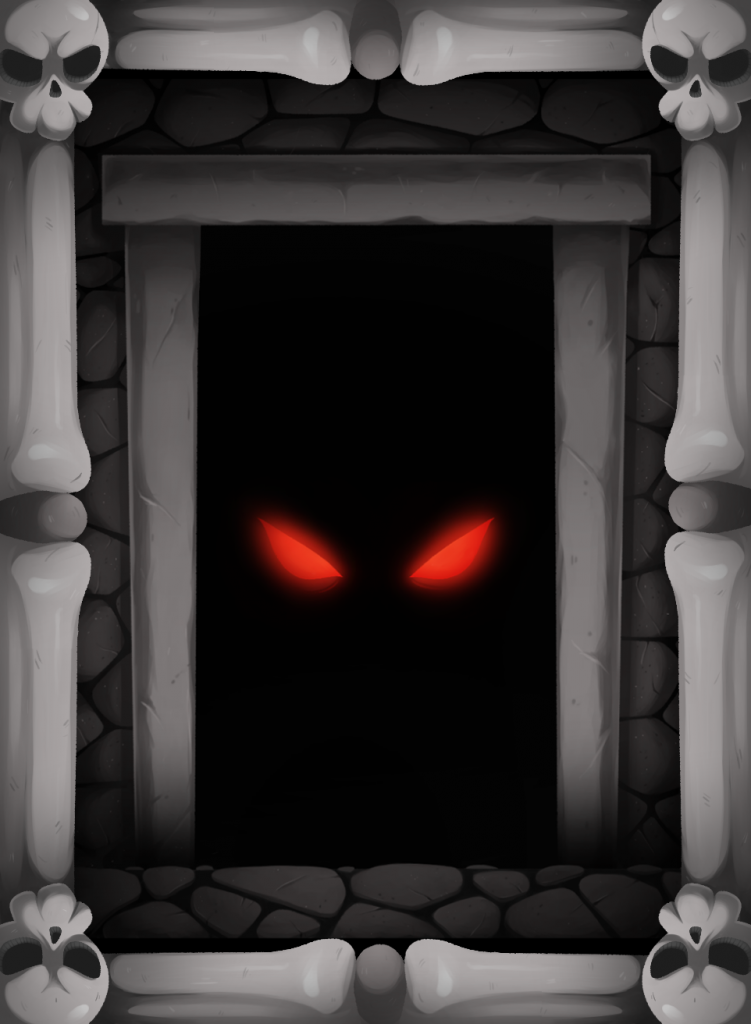
Monster Cards
Whilst in play, monster cards become either monsters (if they have a stat block) or events (if they don’t have a stat block).
Monsters can be attacked and yield rewards when killed. Bosses are a special kind of monster that tend to be harder to kill, but also tend to yield larger rewards, including souls.
Events have no stat block and can’t be attacked. When an event is put in a monster slot, you resolve its abilities, and then put it into discard.
Curses are a type of event card with the keyword ability “Curse”. When a curse is put in a monster slot, the active player gives it to a player of their choice. It is placed face up near that player’s character. When a player dies, they put all curses they control into discard.
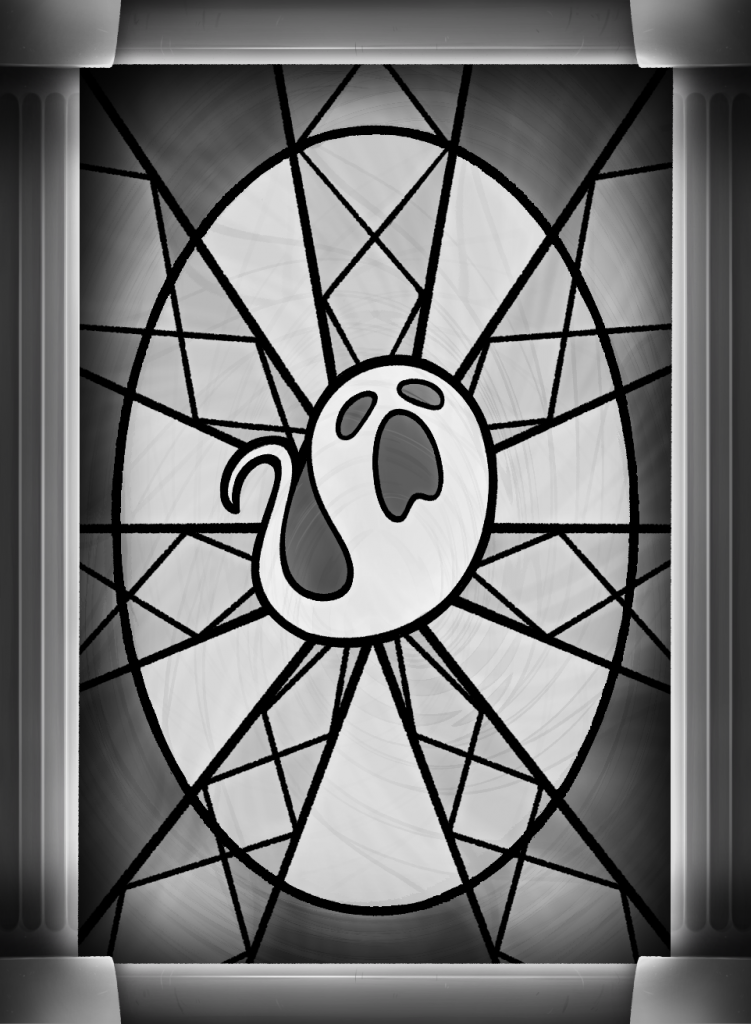
Souls
A number of cards of different types have a soul icon and can be gained as souls. When a player controls 4 souls, they win! Players keep any souls they control next to their character to keep track of them.
Some cards have a soul value greater than 1. Even if a card has a soul value greater than 1, it is still considered a single object when gained as a soul. This means a soul with a soul value of 2 can be destroyed or stolen, for example, just the same as any other soul with a soul value of 1.
Bonus Souls
Once you have a better understanding of the game’s mechanics, you are encouraged to add bonus souls to your games. These cards are placed face up next to the play area during setup.
Once gained, bonus souls act like any other soul. Bonus souls can only be gained once per game; if these souls are ever destroyed, they are placed face down next to the game and cannot be gained again.
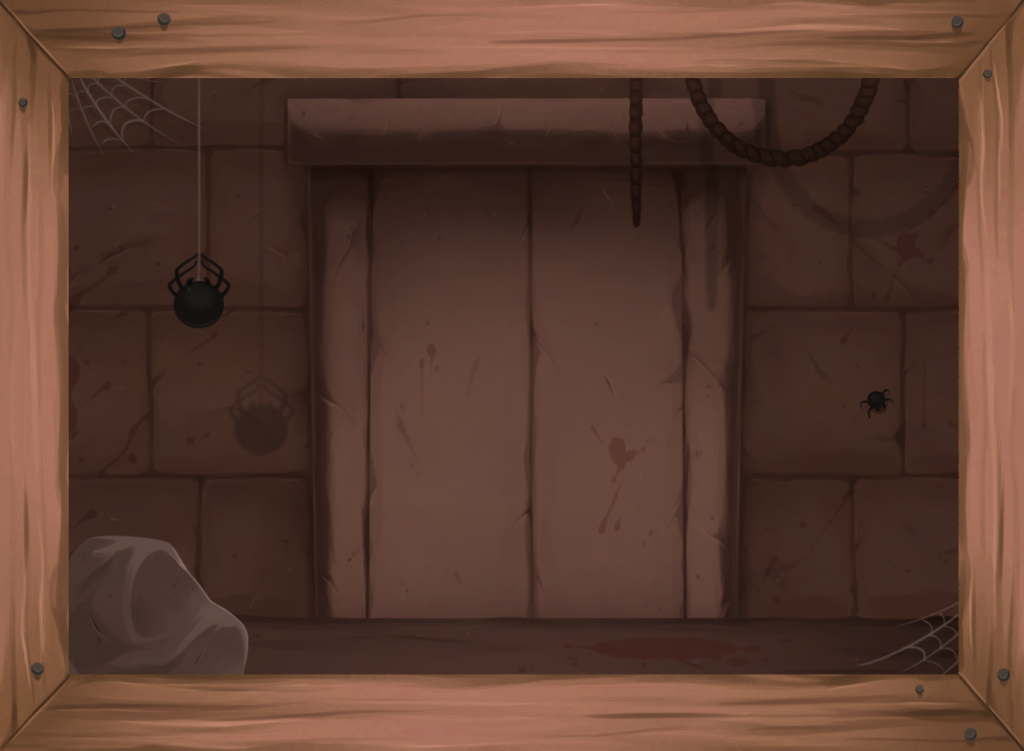
Room Cards
Room cards were introduced in the Requiem expansion. This deck can be added once you are comfortable with the rules.
Static and triggered abilities on rooms work just the same as anywhere else. Activated abilities on rooms can only be activated by the active player.
During the end phase, if a monster has died during the turn, the active player can choose to put a room into discard and, if that room slot is now empty, replace it with the top card of the room deck. They can instead choose to leave any existing rooms in play, if they wish!
Turn Structure
Start Phase
- The Recharge Step. The active player (the player whose turn it is) recharges (turns upright) their character and any items they control.
- Abilities that trigger at the start of the turn trigger, then priority passes.
- The Loot Step. The active player loots 1, then priority passes.
Action Phase
When the action phase starts, the active player gets a loot play that lasts until the end of the turn. During the action phase, the active player may:
- Activate any abilities they control.
- Play a loot card using their loot play.
- Declare an attack.
- Declare a purchase.
- End the turn.
Priority passes after each of the above. Players can make a maximum of one attack and one purchase per turn, by default. Active players may do as many or as few of the above actions as they wish on their turn.
Players may only declare an attack, declare a purchase, or end the turn when the stack is empty – i.e. not in response to anything.
Note: Most characters can play a second loot card on their turn by using the ↷ ability of their character. However, they can also save their character’s charge and activate it to play a loot card on another player’s turn!
End Phase
- Abilities that trigger at the end of the turn trigger, then priority passes.
- The active player discards down to their max hand size (10 by default).
- If a monster died during the turn, the active player may put a room into discard (if playing with the room deck).
- The turn ends and is passed to the next player. Everything with an HP stat heals to full HP, including any dead players, and abilities and effects that last till end of turn end.
Attacking
When a player declares an attack, before they choose what to attack, priority passes. The active player can then attack either the top card of the monster deck, or one of the monsters in a monster slot. If a player attacks the monster deck, they reveal the top card and put it in a monster slot, covering the monster in it. If it is an event, its abilities trigger as it enters play, and it is put in discard when they have resolved.
During an attack, the attacking player makes attack rolls with a D6. If the attack roll resolves as equal to or higher than the target’s evasion, they hit and deal combat damage. If the attack roll resolves as lower than the target’s evasion, they miss and take combat damage. The attacking player keeps rolling until either the target dies, or they do!
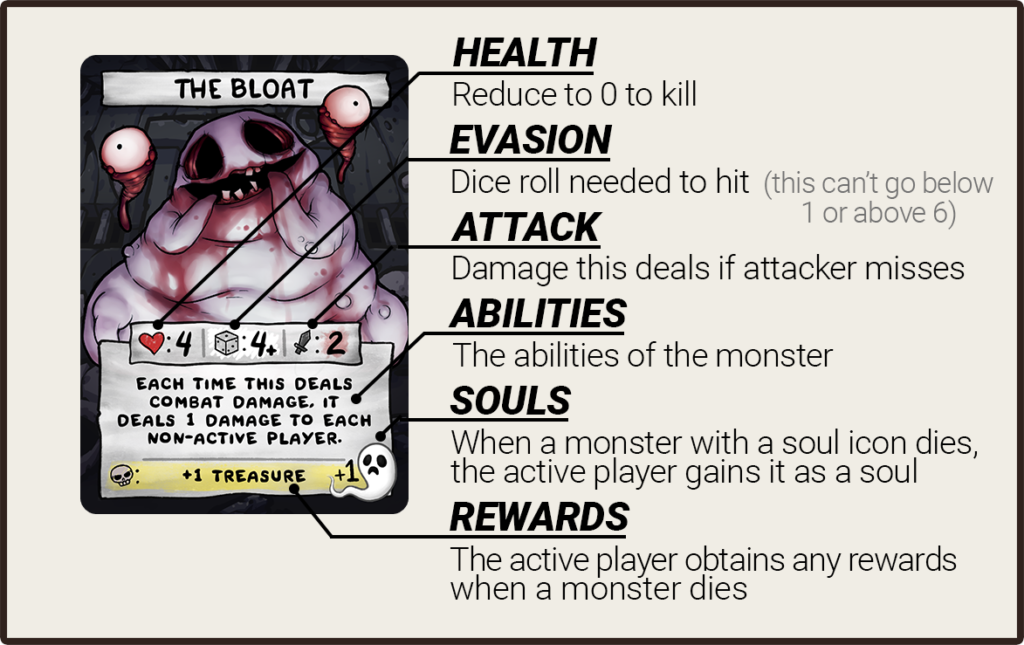
Purchasing
When a player declares a purchase, before they choose what to purchase, priority passes. The active player may then purchase either the top card of the treasure deck, or a shop item in a shop slot, for 10¢, gaining control of it as they do.
Refilling Slots
Each shop slot, monster slot, and room slot (if you are playing with the room deck) must have at least one card in it at all times. Whenever a slot becomes empty it should be refilled with the top card of its respective deck.
When refilling a monster slot, it is possible to encounter multiple events in a row. The active player will keep resolving them until a monster ends up in the slot.
The number of a certain type of slot can be expanded during the game. Any new slots added in this way are treated exactly the same as any other, and must also be refilled when empty.
Death
Monster Death
When a monster dies, the active player gains its rewards, and, if the monster has a soul icon, they gain it as a soul as well. If it isn’t gained as a soul, the monster is moved to discard, and the monster slot that the monster was in is then refilled, if necessary.
Player Death
When a player dies, they pay the Death Penalty. This means they:
- Choose a non-eternal item they control and destroy it.
- Discard a loot card.
- Lose 1¢.
- Deactivate all of their ↷ items and their character.
If they are the active player, the turn also jumps to the end phase after they have paid the Death Penalty. If a player dies during an attack, that attack is canceled.
A player can only die once per turn. All players, including dead players, heal to full at the end of every turn.
Bartering
Four Souls is a social game, and players are encouraged to trade ¢ and favors with each other during the game. Any number of ¢ can be traded for almost any favor, but both players involved always have to agree to the deal. Players can’t trade items or loot cards. Bartering doesn’t use the stack.
For example, Player 2 could offer to reroll Player 1’s dice roll, using one of their loot cards, if Player 1 gives them 4¢. The intention behind a proposed trade doesn’t always have to be a noble one, however! For example, as an alternative to the above, Player 2 could threaten to reroll Player 1’s dice roll if Player 1 doesn’t give them 4¢, in a situation where Player 1 wouldn’t want to have to reroll.
You don’t need to keep your promises, but be warned: if you go back on your word, you will lose the trust of others, and potentially make yourself a target!
Dice Rolls
During the game, players will frequently need to roll dice. All rolls use a D6, and dice rolls can never go above 6 or below 1. When you make a dice roll:
- Put the roll onto the stack.
- Loot and abilities can modify or reroll the roll. Priority passes.
- Abilities that trigger when a number would be rolled trigger. If any of those abilities change the result of the roll, go back to step 2.
- Any static abilities that modify the roll are applied, then the roll resolves and can no longer change.
- Abilities that trigger when a number is rolled trigger.
Priority
Priority determines which player can act at any given time (e.g. to play a loot card or activate an ability). It means that players can potentially respond to events that are occurring in the game, and to each other, even when it is not their turn.
When the rules say that priority passes, priority is first given to the active player, then passed between all other players in turn order. When a player puts a loot, ability, or roll on the stack, priority passes, starting from that player, and then again proceeding in turn order.
While a player has priority, they can take as many (or as few!) actions (e.g. activating an item or playing a loot card) as they want before passing priority to the next player, so they have a chance to respond.
It is only when each player passes priority in succession (i.e. no one wants to do anything else) that the game progresses: whatever is on top of the stack resolves (its effect is carried out), or the game moves to the next step or phase.
Note: There are times when nobody has priority, for example, before the Recharge Step at the start of a player’s turn, or after step 1 of the end phase. Players can’t play loot or abilities during these times.
Most of the time it is not necessary to religiously keep track of priority. It is only in more complex situations, when multiple players want to respond to the same thing at the same time, for example, that you might need to give it more thought.
The Stack
Loot, abilities, and rolls don’t affect the game right away. Instead, they are put on the stack where they wait to resolve (leave the stack and have their effect carried out). The stack is an important concept that determines the order of effects and allows players to react to each other and to the game.
Each thing added to the stack is added to the top. This means the stack resolves from the top down, i.e. in a last in, first out order. That means that things on the stack will resolve in the reverse of the order they were added to it.
Priority passes between all players before each thing on the stack resolves (meaning players can add to it again at each step). However, whilst any individual thing is resolving, it cannot be interrupted. If something is canceled, it is removed from the stack without resolving.
The stack may seem complicated at first, but it is actually fairly intuitive and should become much clearer when you start playing the game. It can be helpful to think of the stack as an actual physical pile of cards. As things are added to it, you pile the ‘cards’ on top of each other. When things start resolving and leaving the stack, to find out what happens next, you take the top card of the stack and do what it says. Each time you take something off, players have a chance to put more cards on. This continues until the pile is empty and nobody wants to play any more cards.
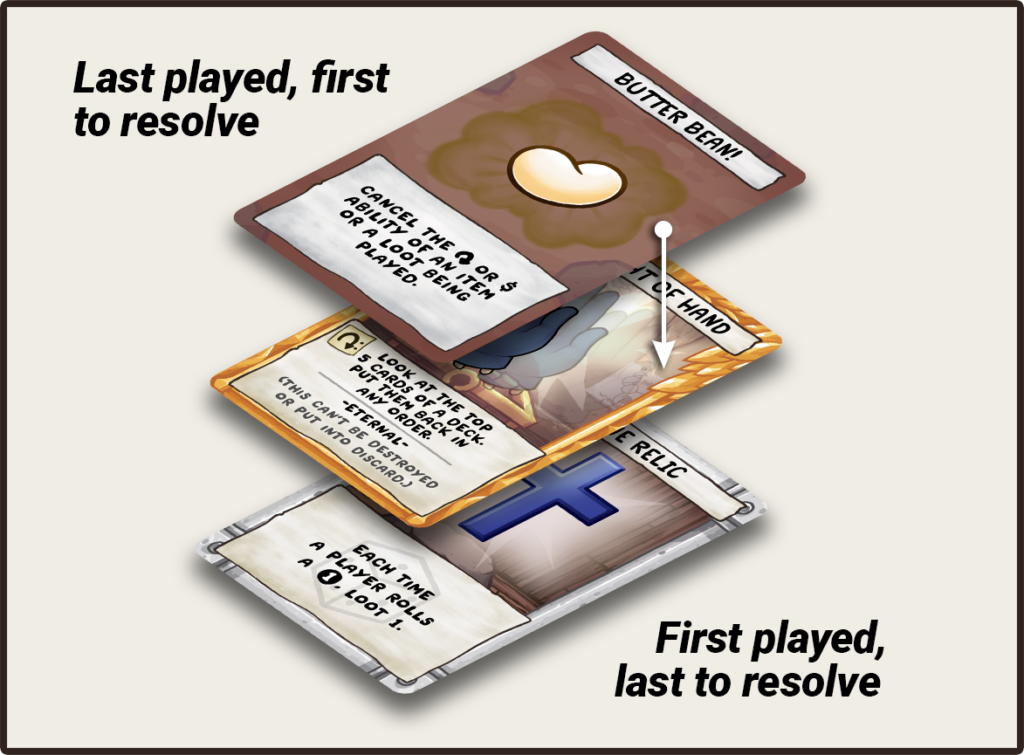
Player 1 had The Relic trigger as a dice roll resolved as a 1. In response, Player 2 tried to use Sleight of Hand to re-order the top 5 cards of the loot deck (and therefore choose which of those loot cards Player 1 would get), but Player 1 played Butter Bean on the Sleight of Hand. They resolve in reverse: Butter Bean cancels Sleight of Hand’s ability, then Player 1 loots from The Relic.
Winning the Game
The first player to control 4 souls wins the game!
Ask a question
Would you like a rule clarified? Do you think you've found an edge case? Have you checked on all relative pages to ensure the question hasn't been answered already?
If so, feel free to submit a question to our Card Tzar! He may decide to edit the article to clarify the issue, or to add an FAQ to clarify your question.
Extended Rulebook

